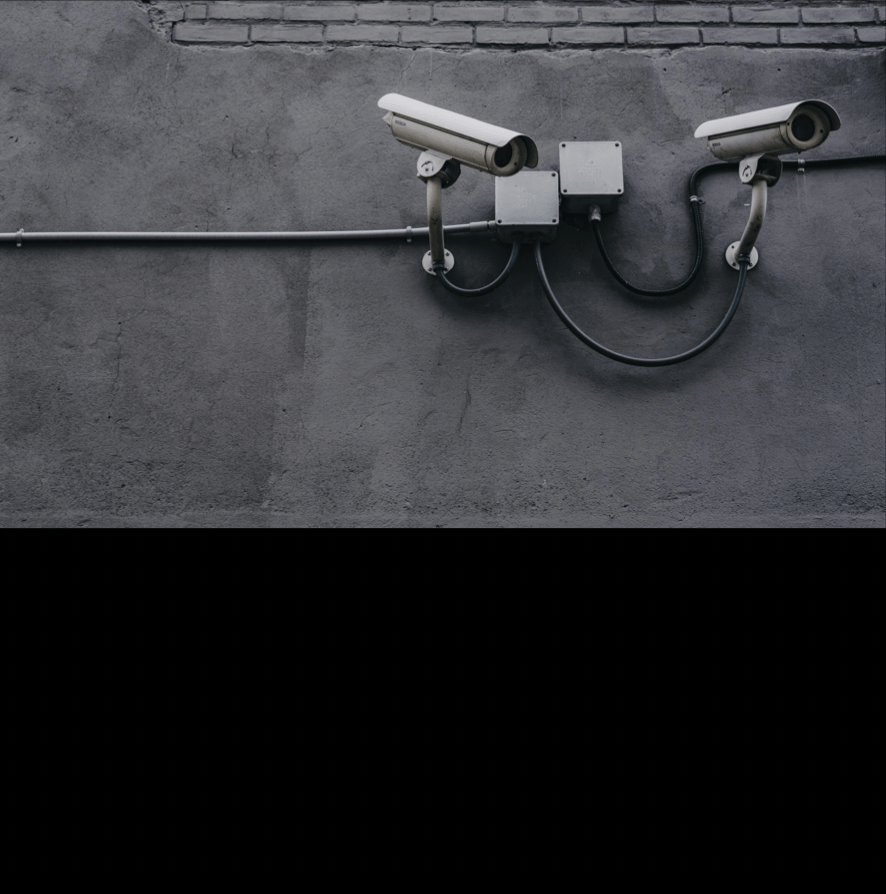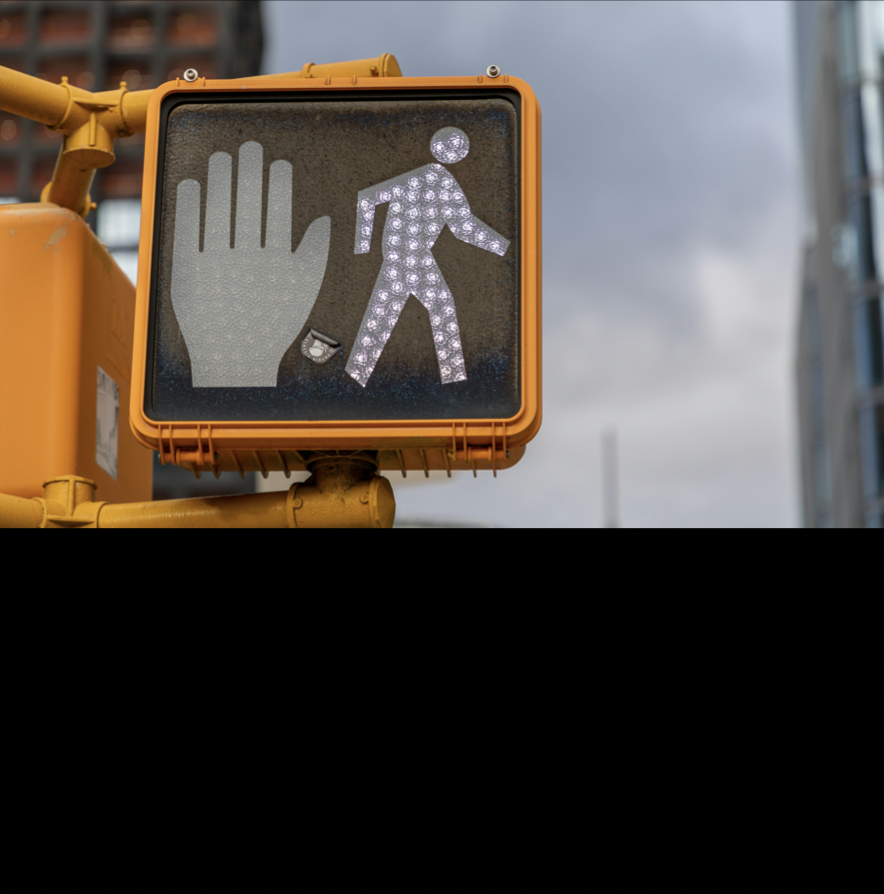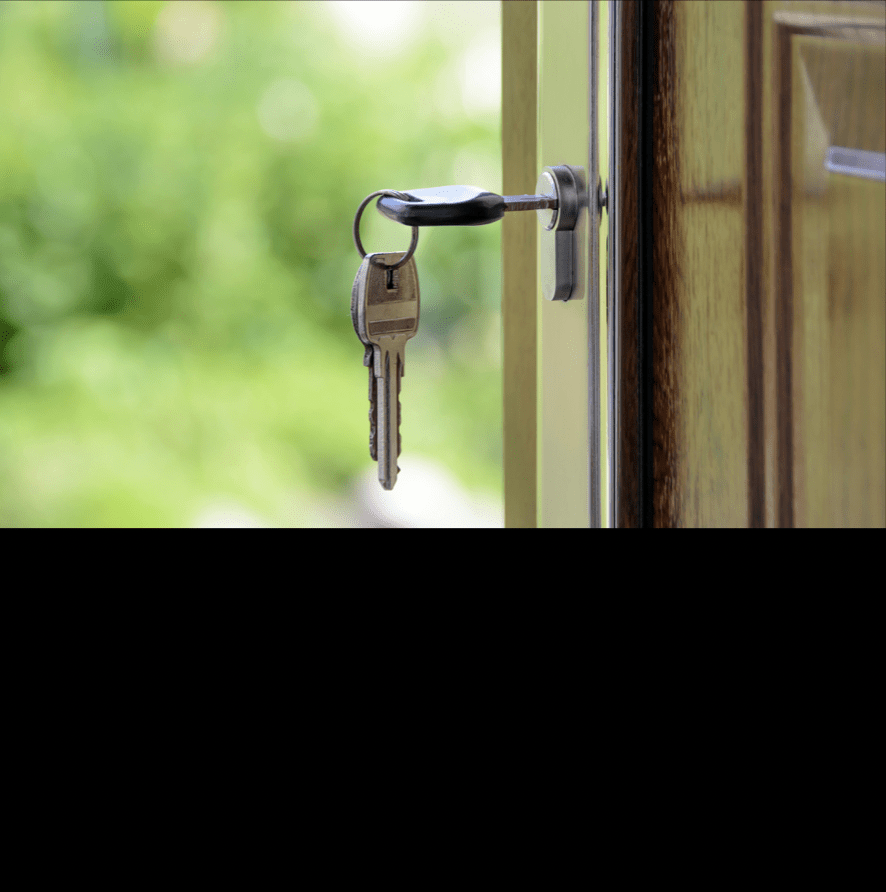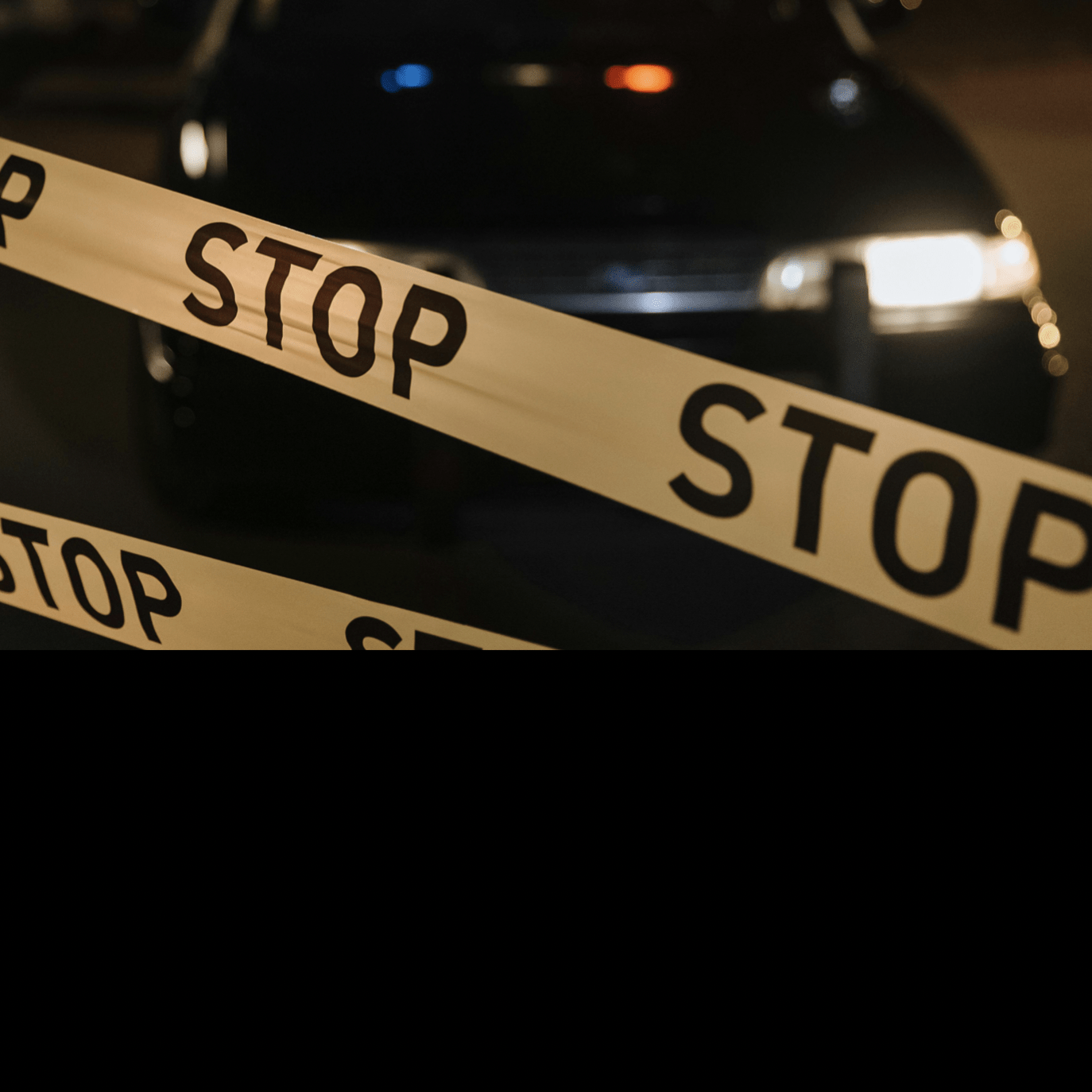PERSONAL SAFETY
These guidelines for safety are not intended to be a comprehensive list of best practices, but ideas about how to increase awareness in situations that could put individuals at increased risk for violence and offer tools for engaging in difficult scenarios.
Personal safety is not just about physical tools, but also about maintaining a confident mindset and healthy boundaries. Regardless of what safety techniques will be used, it’s important to think through possible situations and practice these skills so they can be used with confidence in high-pressure situations.
Please send us a message about other suggestions that you think should be included in this list.

GENERAL SAFETY
GENERAL SAFETY
Stay alert and be aware of your surroundings whether you’re walking, driving, or hanging out.
Trust your instincts. If something doesn’t feel right to you, remove yourself from the situation and find a place where you feel safer.
If possible, don’t go places alone. Take a friend with you. Build a strong support network of close friends who you can count on.
Communicate your location and plans with others. Check in with them when you arrive or leave and when you plan on returning home.
Analyze places you go often and evaluate an exit plan or escape route in the event of danger.
If you see something, say something. Alert law enforcement, security, management, or others around you if you notice something or someone suspicious. These instances could include vehicles who may be circling areas or “getting a bad feeling” about someone.
Practice techniques to defuse potentially volatile situations without confrontation which includes de-escalating conflicts or leaving the situation.
Manage your fear and anxiety. Stay calm and focused during emergencies so you can respond effectively.
Get training in self-defense techniques and practice realistic scenarios. Aim for vulnerable areas such as the eyes or groin.
Save local non-emergency police numbers along with 911 to report suspicious activities effectively without clogging emergency lines.
Subscribe to city or police department notification systems for emergency alerts or safety advisories.

WALKING SAFETY
WALKING SAFETY
If possible, don’t walk alone. Ask a friend or someone else around you to walk to your car or another location.
Be aware of your surroundings and pay attention. Don’t be distracted by your phone or wear headphones in both ears.
Stay in well-lit public areas. Avoid cutting through parks, open fields, alleys, or other shortcuts.
When possible, approach corners or building edges at a distance to avoid surprise confrontations.
If you have been drinking alcohol or using drugs, ask for assistance in getting to where you need to go.
Walk with confidence and purpose while scanning your environment regularly to show you are alert and aware of your surroundings. Be aware of body language showing vulnerability which can include looking around nervously.
Listen for footsteps behind you and be aware of other experiences like smelling cigarette smoke that could signal someone close that you might not be able to see.
Utilize reflective surfaces like windows or mirrors to discreetly observe if someone is following you.
Carry a personal alarm (physical or phone app), whistle, or other safety equipment such as pepper spray, stun gun, or taser to draw attention to your situation to get assistance or discourage attackers. Make sure your equipment is easily accessible.
If you feel like you are being followed by someone on foot or in a car, turn around and check, then cross the street or change directions. Go to a public place to seek assistance or call the police.
Identify nearby safe places, such as police stations, well-lit stores, or populated areas where you can seek help if needed.
Walk on the side of the sidewalk facing oncoming traffic to prevent vehicles from easily pulling up beside you.
Change your walking routes and times to avoid predictability, reducing the risk of being targeted.

CAR SAFETY
CAR SAFETY
Park near public and well-lit areas, not alleys or other dark places if possible. Scan your surroundings before exiting or entering your vehicle.
Don’t leave belongings in your car or place items in the trunk to reduce the risk of robbery and vandalism.
When returning to your car, look around the car including underneath it and inside it.
Carry your keys in your hand when approaching your car for the quick unlocking of the door.
Only unlock your vehicle when you’re close to it to minimize exposure time and prevent unauthorized entry.
Lock your car doors after entering the car and while driving.
Stay alert when driving and look for unusual behaviors from other cars including aggressive or erratic driving.
Be mindful about surroundings when stopping at intersections.
If you think you’re being followed, make three consecutive right turns to see if they are still following you. If so, travel to a well-populated place and call the police. Do not go to your home.
Avoid letting your fuel tank drop below a quarter full to reduce the risk of being stranded.

SOCIAL SAFETY
SOCIAL SAFETY
Be aware of potential threats and to report any suspicious activity to law enforcement, security, or management. Concerning situations could include seeing unattended items, people acting nervously or suspiciously, unexplained odors, or vehicles moving in abnormal patterns or appearing to circle areas.
Avoid places, situations or people that make you uncomfortable.
When attending social events, identify multiple exits in case you need to leave quickly.
Coordinate with a trusted friend to watch out for each other, especially in large gatherings or unfamiliar environments. Agree on a code word with friends to discreetly signal discomfort or danger.
Regularly check in with friends throughout the party to ensure everyone is accounted for and safe.
Don’t leave with someone you don’t know well and inform your group if you’re heading home or elsewhere.
Avoid tagging your location in real-time. You can post those details after leaving the area.
Avoid excessive intoxication that impairs judgment or reaction time.
Don’t be afraid to say no or disengage from a conversation. If a stranger is asking for help with something and you feel uncomfortable, politely tell them you can’t help right now and keep moving.
Learn to say no and set boundaries with others without feeling badly. Be assertive in situations that make you feel uncomfortable or your safety is in question by having the confidence to leave.
You do not have to engage in conversation or argue with someone. It is your choice to walk away.
Prearrange transportation with a designated driver or rideshare app before going out.
In the event of a shooting, remember Run-Hide-Fight. Escape the situation by finding the nearest safe exit and encouraging others to follow. Hide in a safe location until help arrives, choosing locations that provide concealment and barriers (e.g., behind heavy furniture). Make sure to silence your phone. If fighting back, use improvised weapons (e.g., chairs, fire extinguishers) to incapacitate the shooter, aiming for vulnerable areas.

PARTY SAFETY
PARTY SAFETY
When ordering or receiving a drink, ensure you see it being prepared to avoid tampering. Order your own drink or be extremely careful about who you might accept a drink from.
Don’t leave your drink unattended or unwatched to reduce the potential for being drugged.
If you’re not sober, don’t drive.
If you choose to use recreational drugs, let someone in your social group know what you are using in case something goes wrong and medical professionals need to get involved.
If you choose to drink or use substances, set clear personal limits and avoid mixing different types.
You can never be fully certain of what is in a drug. Use fentanyl and xylazine testing strips to make sure these drugs are not present in the substances you are using.
If overdosing on an opioid, using Narcan / Naloxone nasal spray will stop the effects of the drug and can save your life.
Seek out support or treatment for substance abuse or addiction issues.

ONLINE SAFETY
ONLINE SAFETY
Avoid oversharing personal information online, including your name, address, phone number, travel plans, or home layout.
Review privacy settings on social media platforms to control who can view your personal information or posts.
If you are meeting someone for the first time in-person, choose a public place or let a trusted person know of your plans including who you are meeting.
If you’re hooking up with someone, consider traveling to their place. Make sure you exchange face pictures and phone numbers.
Discuss limits and define expectations. It is important to talk about what you’re each looking for and what restrictions exist including using substances.
Use the block feature on your phone or social media to disengage with individuals who are exhibiting aggressive, harassing, or stalker-like behaviors.
Do not delete abusive messaging in case you may need to prove concerning patterns legally. You can screenshot or save these by other methods.
Review your social media connections to remove unknown or suspicious individuals.
Regularly search your name online to identify and address any personal or sensitive information that might be publicly available.
Check for HTTPS in website URLs and avoid entering personal information on unsecured or unfamiliar websites.

TECH SAFETY
TECHNOLOGY SAFETY
Ensure backup power packs are fully charged and accessible to keep your phone powered.
Use location-sharing apps for communicating your location to your support network.
Store emergency contacts on your phone to make sure you have ways of getting in touch with important people.
Many smartphones and smartwatches have SOS or panic buttons that can send your location and an emergency message to specific contacts and law enforcement.
Use biometric features like fingerprint or face recognition or a strong passcode to secure your phone and other devices.
Ensure passwords for all accounts and devices are unique, complex, and updated regularly.
Refrain from logging into and accessing personal accounts or financial data on shared devices or public Wi-Fi networks.
Keep your devices and applications updated to protect against security vulnerabilities.
Regularly review app permissions and revoke unnecessary access to sensitive data such as your location, contacts, or microphone.

HOME SAFETY
HOME SAFETY
Ensure home security by reinforcing locks on windows and doors. Install deadbolt locks, door reinforcers, and window security film to make entry points harder to breach.
Verify the identity of who is at your door before opening it.
Install motion activated lights and a security system that can be armed when at home or away.
Use timers on lights and electronics to give the impression that someone is home, even when you’re away.
Use recording equipment including security cameras and video recording doorbell cameras that can be motion activated.
Always lock interior doors leading to your home from the garage.
Coordinate with neighbors to keep an eye on each other’s properties, especially when traveling.

WITNESS SAFETY
WITNESS SAFETY
In the event of a reportable situation, focus on observable and factual details rather than assumptions.
Descriptions of individuals (e.g., clothing, height, build, hair color)
Behavior or actions (e.g., running, shouting, carrying an object)
Vehicle information (e.g., license plate, make, model, color)
Direction of travel or escape
Record immediate observations as soon as possible since memories can fade quickly.

RESPONSE SAFETY
RESPONSE SAFETY
Prioritize your personal safety.
Maintain a safe distance unless trained to intervene directly.
Call 911 first before getting involved in a situation.
Provide specific information to law enforcement dispatch including location and nature of the emergency, as well any ongoing threats.
Record the situation responsibly only if it is safe.
Documenting the incident using a phone can provide helpful evidence without interfering.
Avoid escalation of the situation.
Yell or blow a whistle to alert others.
Avoid actions that might provoke the aggressor.
Assess the situation before jumping in. Direct intervention should only occur if it’s safe and you feel confident in your ability to protect yourself without injury.

TOOL SAFETY
TOOL SAFETY
Review local and state laws regarding the use of these personal safety methods to ensure there are not unexpected legal consequences for using them.
WHISTLE & PERSONAL ALARM
Draws attention by emitting a loud, high-pitched sound.
Non-lethal and safe to carry in all situations.
Deters attackers by increasing the risk of them being caught.
Ineffective against determined or hearing-impaired attackers.
Relies on bystanders responding to the alarm.
PEPPER SPRAY
Non-lethal and easy to carry.
Provides a safe distance between the user and an attacker (typically 6-12 feet).
Effective for temporarily incapacitating an assailant by casuing eye and respiratory irritation.
Requires proper aiming and can be affected by wind, potentially blowing back onto the user.
Ineffective on individuals under the influence of certain drugs or alcohol.
Can escalate a situation if misused or applied prematurely.
STUN GUN & TASER
Non-lethal option for incapacitating an assailant by delivering an electric shock.
Easy to use and widely available for purchase.
Effective at close range and often intimidating enough to deter an attacker.
Requires physical proximity to the assailant, putting the user at risk.
May not work on individuals wearing thick clothing or those highly resistant to pain.
Limited number of uses before recharging or reloading.
TACTICAL FLASHLIGHT
Dual-purpose tool for illumination and self-defense.
Can temporarily blind an attacker when shone directly into their eyes.
Often lightweight and easy to carry.
Requires very close proximity, increasing risk to the user.
Limited deterrent effect if the attacker is not startled or affected by the light.
BRASS KNUCKLE/KEYS BETWEEN FINGERS
Readily available and easy to use in emergencies.
Can cause minor injuries to deter an attacker.
Increases confidence by giving the user a sense of readiness.
Requires very close proximity, increasing risk to user.
Limited effectiveness and unlikely to cause significant harm to stop a determined attacker.
May injure the user’s hand during use.
DYE MARKER SPRAY
Mark an attacker with an indelible dye, aiding in identification by law enforcement.
Can act as a deterrent when visible.
Non-lethal and safe for use.
Does not immediately incapacitate the assailant.
Requires proper aim to ensure effectiveness.
These are not permitted in many states, often including it being illegal for civilians to manufacture, import, sell, give, lend, or possess these types of weapons unless specifically authorized. Depending on local or state laws, an individual could be charged with a misdemeanor or a felony depending on the circumstances.
BATON / BILLY CLUB / LEADED CANE

FIREARM SAFETY
FIREARM SAFETY
If going to own a firearm, attend certified firearm safety courses and complete regular practice at a firing range.
Review local and state laws regarding concealed carry and use of deadly force.
Understand safe storage practices, especially in homes with children or visitors.
Consider the emotional impact and ethical responsibility of carrying a firearm and the seriousness of potentially using it.
WHAT TO DO IF YOU ARE IN TROUBLE
Go somewhere public where you can alert security or law enforcement. Clearly state your location, the nature of the emergency, and any identifying details about the threat.
Walk or run away. If fleeing isn’t possible, find a locked room or another safe area until help arrives.
If you’re in immediate danger and can do so safely, keep moving to avoid being cornered or surrounded. Use objects like cars, furniture, or doors to create physical barriers between you and a potential threat.
Yell, use your whistle, personal alarm, or other loud devices to signal danger or draw help from others.
Prioritize putting space between yourself and the aggressor. Distance is often your best defense.
Record instances on video if safe to do so. Evidence from filming individuals being harassed, attacked, intimidated, or threatened might be useful in legal proceedings.
If conflict occurs, attempt to stay calm, avoid aggressive language, and attempt to talk the situation down until you can safely escape.
Avoid conflict as much as possible, but don’t be afraid to fight back. Aim for vulnerable areas such as the eyes or groin. Use everyday items (e.g., pens, keys) as improvised self-defense tools.

